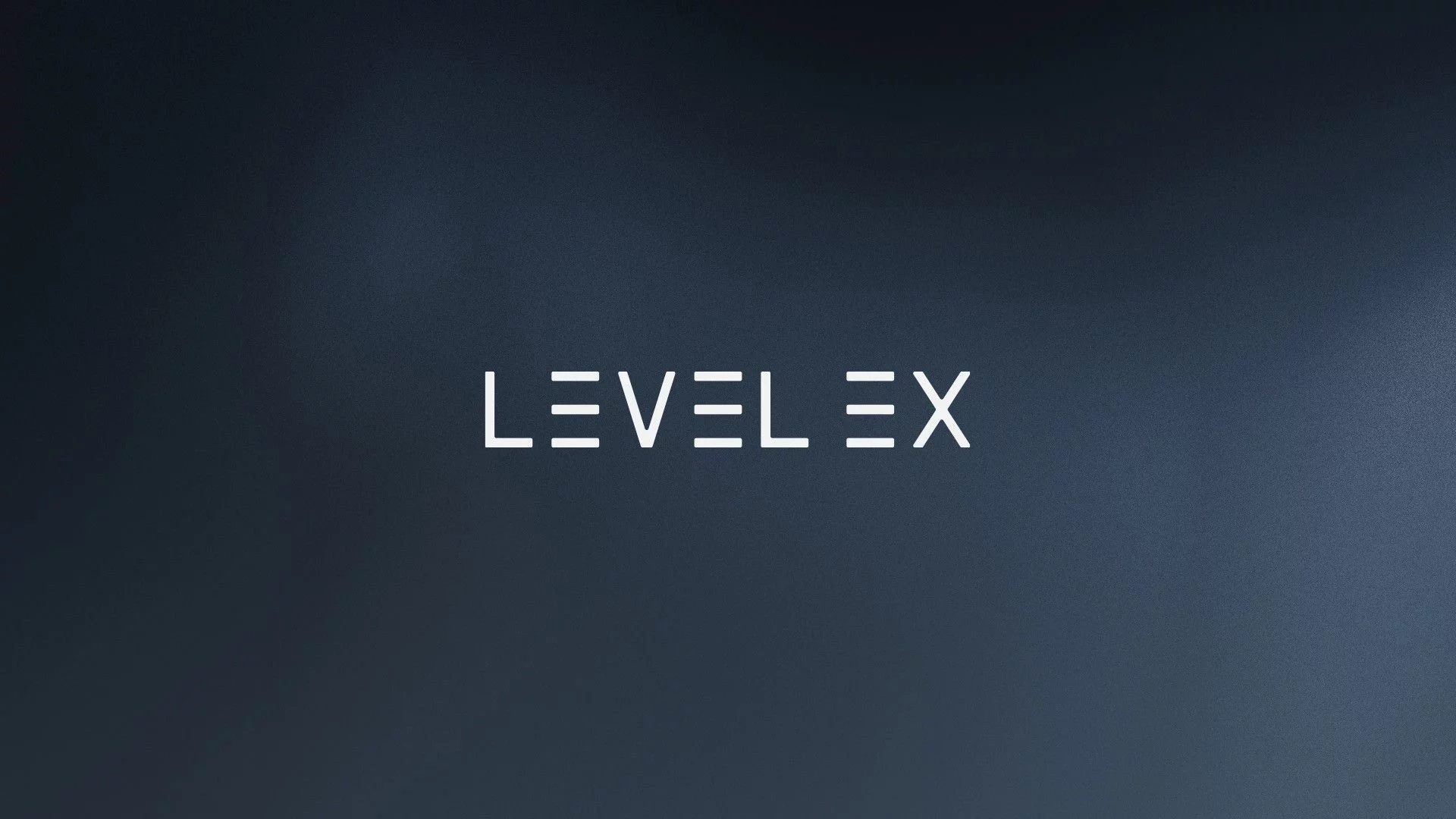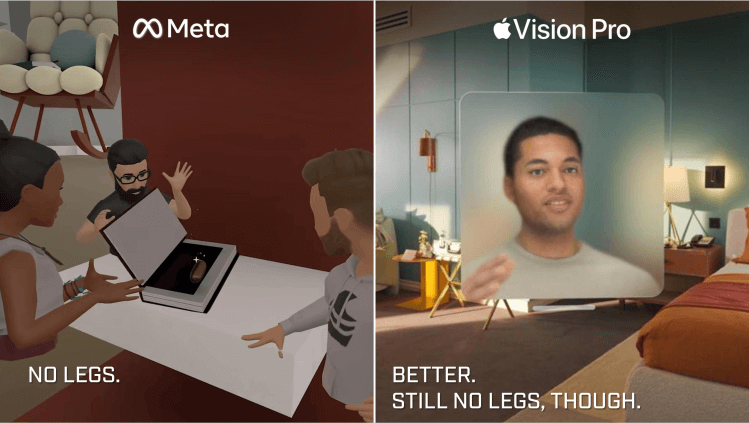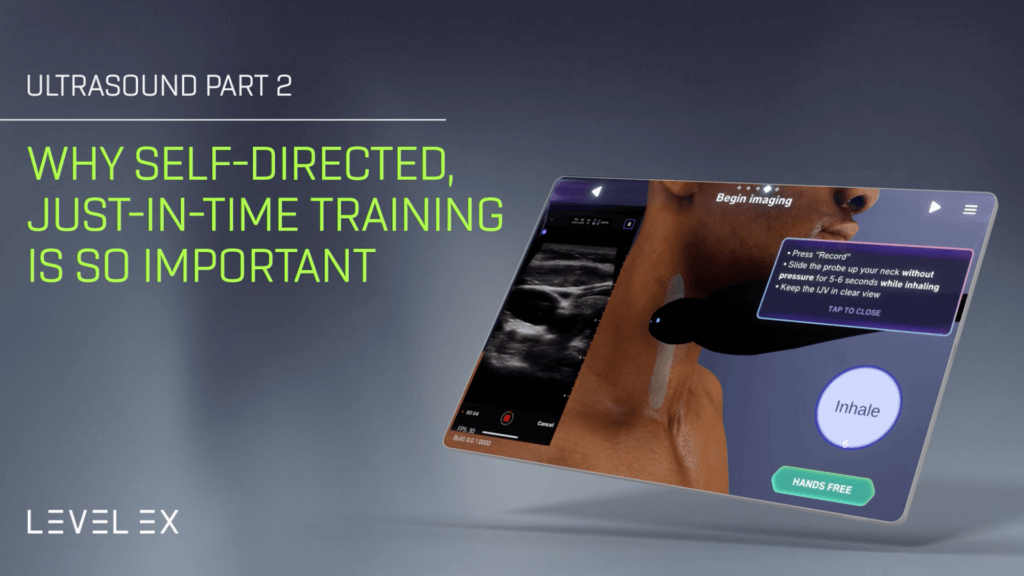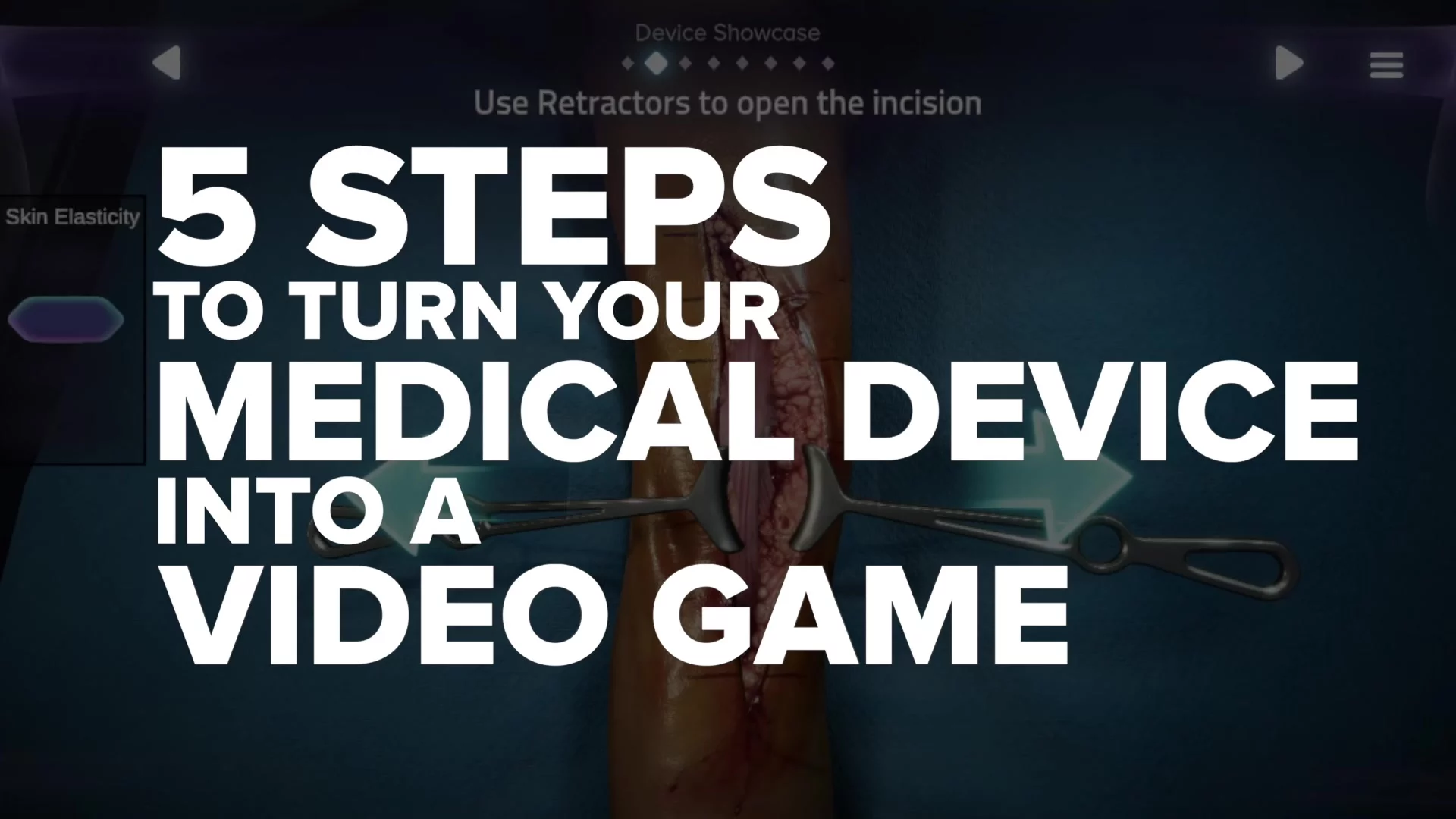
5 Steps to Turn Your Medical Device into a Video Game
Wondering how we transform your device into a game to train clinicians? We break down the process and illustrate each stage.
You’ve read the research and case studies. You’ve tried the demos. You’ve discovered a smarter way to engage, train, and drive adoption for your medical technology at scale. You’re ready to use the Neuroscience of Play to bring your technology to life. What happens next?
The process to create a game with Level Ex is iterative, ensuring that we hit the most important points you want to get across to your reps and customers, with multiple points for your feedback along the way. We’ll ask you every step of the way: What should the doctor walk away from this experience knowing, thinking, and remembering?
Here are the five steps to turn a medical device into a game.
1. Assemble Your Team
Timeframe: 2 days
Partnering with Level Ex means a hand-picked group of our experts become extended members of your team—game designers, 3D artists, and user experience experts, many of whom have worked on the most engaging consumer games like Words with Friends and Call of Duty. You’ll also partner closely with a biomedical engineer and medical professional with expertise in your speciality.
In many cases, you will know these Level Ex experts because they have been part of the process leading up to the project kick-off—and they likewise will already be familiar with your product and business. All that’s required on your end is to identify the subject matter experts on your team who will bring their deep knowledge base and experience to the table.
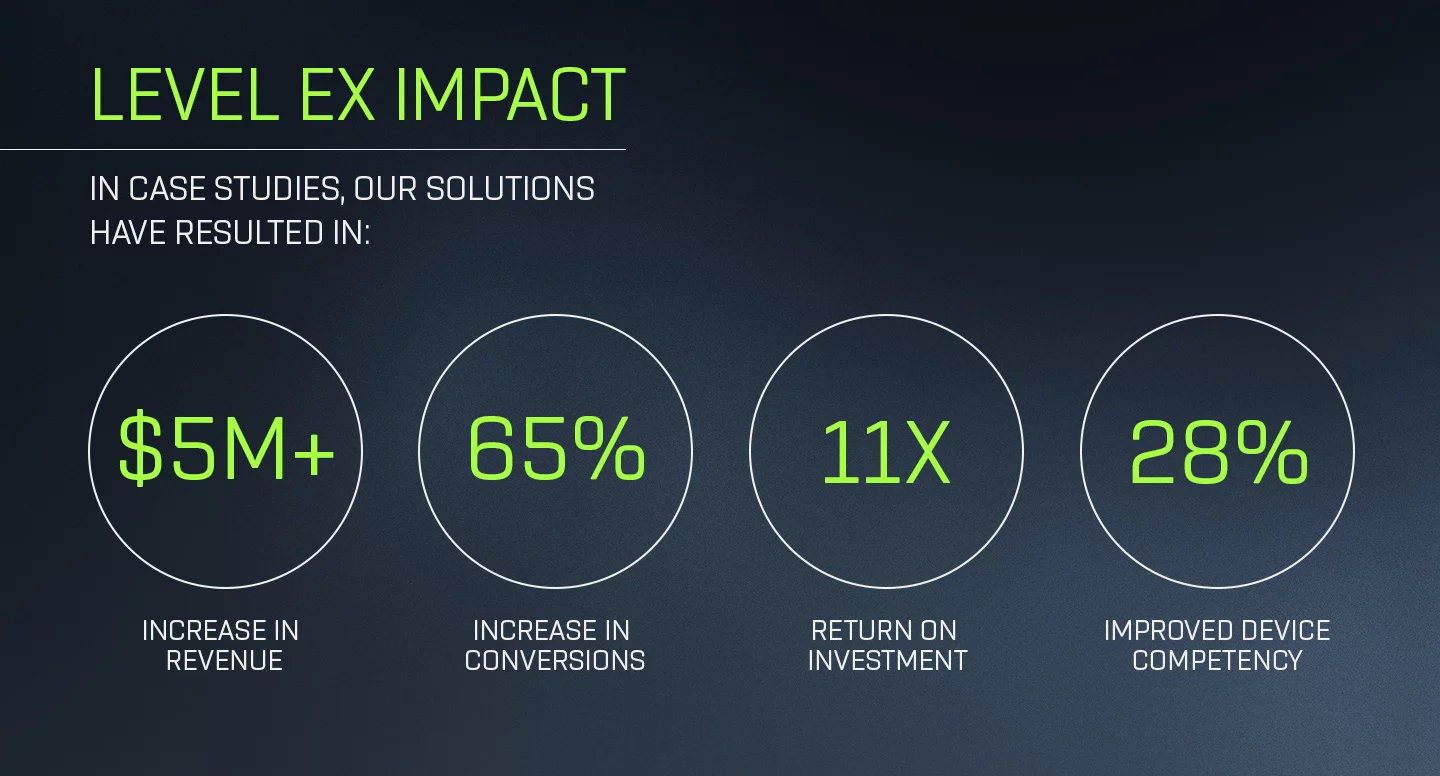
2. Identify Your Needs
Timeframe: 2 – 4 weeks

You wouldn’t build a medical device before having engineering blueprints and design—and that’s the same for our game technology. At this step, we build a high-level outline of the game that we will build together before we start the complex work of making 3D assets and writing code. The outcome is what we call a concept document, a high-level overview of the interactions the player (your customer or rep) will be completing during gameplay.
Even though we will be familiar with your product by this point, we will make sure to sit down with you to gain as much understanding of your specific pain points as possible.
You might answer questions such as:
- What are your best practices for getting content through your medical, legal, and regulatory (MLR) review process?
- How long does it typically take and where should we adjust the schedule or schedule these reviews?
- Is our initial understanding of your needs accurate and valid?
- Are our initial assumptions of what 3D assets will be required aligned with yours?
- What else can we identify together that would be needed?
- How often are your subject matter experts available for consulting or review?
We will also be voracious consumers of your training materials and supporting documentation, and review any existing 3D files of devices you would like depicted in the game.
Initial CAD images are often large and not set up for a smooth game experience. Our team works to make them easier to handle from a graphical representation standpoint and to do “texturing” before importing into the game, as shown in the example above. Industry key opinion leaders you recommend might also provide insights. We will continue to build this outline throughout the process together.
→ Legal / Regulatory Review (Optional): Some teams choose to bring the concept document through the review system as an advance preview of what’s to come. Others still find this too high-level for an official review. We will be your partner in helping you determine the right process, supporting you through it, and sharing best practices.
Curious how a video game makes it successfully through the MLR approval process? Our Senior MLR Product Manager Rachel Mansfield explains in this blog post.
3. Build the Game
Timeframe: 2 – 4 months

With the outline set, your product takes the stage. You will see the transformation of CAD drawings of your product into 3D replicas. While the drawings will be multidimensional, at this point they will be untextured and uncolored and serve as placeholders to help us better understand the scale, setting, and initial lighting of the environment. Your Level Ex team of 2D and 3D artists determine the best camera angles and general positioning of the assets to illustrate the learning objectives to the end user.
At this step, we are defining the look and feel of the game. We will also lay out:
- The storyboard depicting the steps of the experience and overarching narrative
- Sketches of procedures and additional technology, including any technological opportunities or constraints
- Visuals, color palettes, and tone of voice in alignment with your brand and our outline
- Game solution mechanics, physics, and how objects will render on the player’s screen
→ Legal / Regulatory Review 1: This review tends to focus on analyzing what the players will actually experience—the ways they will be able to move a device, the reactions a patient might have, etc. Because many review systems are not equipped to review and approve a functioning interactive video game, we will work with your team to determine suitable alternatives. This can take the form of recorded playthroughs or capturing each moment of the experience in a storyboard document, or a similar format that works best for you. We often attend these review meetings at your request to help focus feedback and explain what the future version will look like.
With all of the art files ready and the scene set, your game designers and animators will now create the interactive experience. During this stage, we make final decisions on each interaction and response that will happen between player and procedure. We also refine the look and feel. We want to make sure that when someone plays the game, it is as true to what they experience as humanly possible.
Our developers then write the source code to bring everything to life: designing and rendering product and human models into the environment, integrating audio design and voice (if required), and crafting levels.
We also meticulously test for bugs and tweak code to correct any issues.
As always, much of the project’s time, energy, and resources are focused on reviews with you to ensure that all the game elements and mechanics meet your needs.
4. Finalize the Game
Timeframe: 2 – 4 weeks
You are very close to bringing your game to your customers. In this phase, we’re applying final textures, tweaking lighting, and testing every possible element—but now we’re looping back to your end user. We will work with you on playtesting with your end users by having them play through the experience. Our user experience experts ask the early users detailed questions to gauge their perceptions, possible points of confusion, and where improvements can be made. They ask probing questions such as: “How would you rate the ease of the experience?” or “What do you think this button is asking you to do?” We document all of their feedback, share, and discuss it with you. Lastly, we incorporate their feedback or flag it as a potential future project we could work on together.
→ Legal / Regulatory Review 2: Our team will help support that final approval and provide the materials in the format that works best for your teams—video, documentation and beyond.
5. Launch the Game
Timeframe: The press of a button
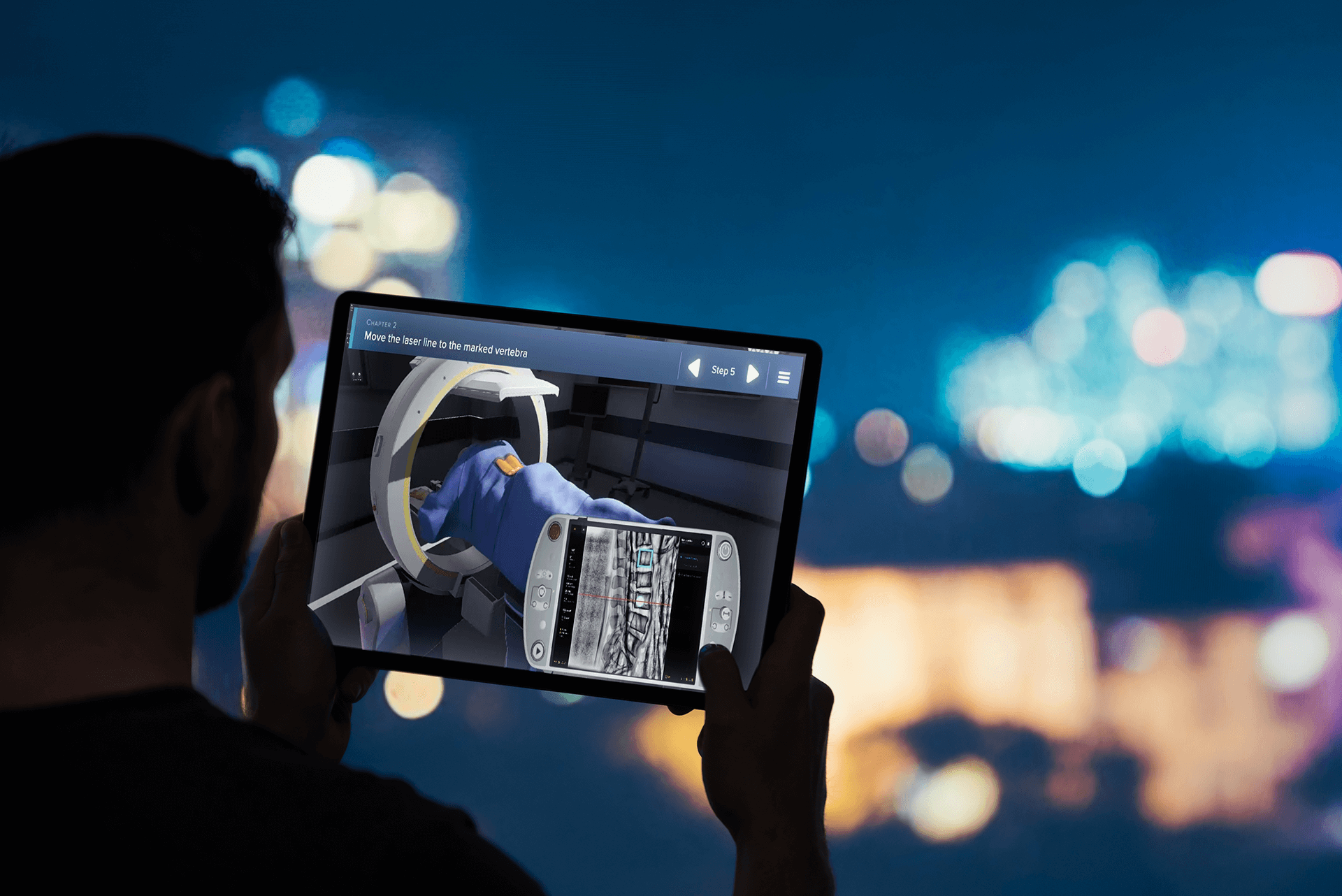
Your game is ready to be played by your users—your reps, prospective and current customers, doctors, and medical professionals that you identify. Likely, these stakeholders have experienced a traditional simulation (sim) in the past, but they have never seen anything like the customized medical video game now in their hands.
Depending on your use case, you may roll out the game to your sales force to use in their demos, embed on your website to drive leads with potential buyers, include it in on-demand training materials, or a combination.
Regardless of who is using it or where, we’ve taken those last few weeks of development to infuse the game with that special Level Ex-tra. We’ve tweaked the art, audio, and animations to give the player a sense of purpose and gratification. Every time the player does something, we ensure it feels meaningful and the entire experience is magical.
Our team continues to support your deployment by assisting in each of these actions and providing best-practices with the tool. You will start receiving analytics reports based on the specific data that is being tracked in your game. Such analytics capture:
- How many players have interacted with the experience and for how long
- What actions players have taken in the game and whether those actions were successful
- How many times players replayed the experience
These analytics show you exactly what content the player was exposed to each time they played and allows you to see any trends and patterns.
And there you have it: A behind-the-scenes glimpse into the evolution of a medical device becoming a video game. Ready to bring your device to life in a game?
We can’t wait to help you get started.
From minimally invasive surgery to complex procedures and robotic surgery, our medical device solutions help train clinicians across the practice spectrum and drive adoption in unparalleled ways. Want to see more of our med device experiences or learn how we can work together? Contact us.
